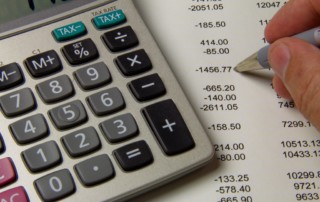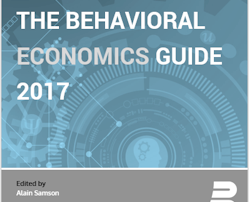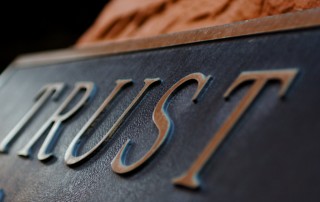Latest Insights
Applying Behavioral Science to App Design: A Short Journey
Like many of you, I work in problem domains that are bedeviled by complexities, often in dispersed teams of people with different skills. New technologies are thrown into this problem solving mix with an accompaniment of overwhelming hyperbole on a daily basis. It soon becomes a case of struggling to see the forest for the trees. How exactly do we marry behavioral science, app design and engineering in an organized, coherent and repeatable manner in such a workplace?
Changing Your Mind
Changing one’s mind is a difficult, painful process. What kind of appeals are effective at changing the minds of others? How can you work on evaluating information objectively, such that you would reconsider your previous ideas?
Mental Money: The Psychology of Subscription Payment Options
What goes through your head when choosing between different payment options?
Now Available: The Behavioral Economics Guide 2017
Our fourth annual BE Guide is out!
What Do We Know about Trust?
Every year, millions of people invest money in projects they may not fully understand and, by choosing to do so, they reveal one of the most important values that holds our society and our economy together: trust. What do we know about trust? Read this post to find out.
Myopic Loss Aversion: A Behavioral Answer to the Equity Premium Puzzle?
Stocks yield much higher returns than bonds and other riskless securities. In fact, in the last 100 years US equities have seen an 8% average annual real return, compared to only a 1% return for more riskless securities. This gap is called the equity premium puzzle – why are equities valued so much higher than securities? One behavioral theory attributes the equity premium puzzle to what’s known as myopic loss aversion (MLA) – the idea that loss-averse investors (as all investors are) take too short-term a view of their investments, leading them to react overly negatively to short-term losses. We designed the first natural field experimental evidence to show that MLA exists for professional traders.







